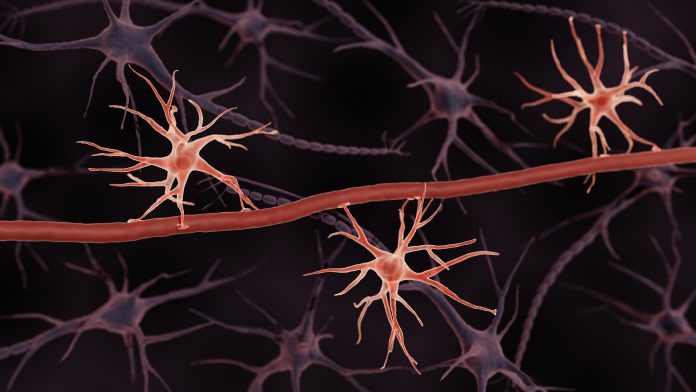Uppsala University researchers have created an artificial blood-brain barrier model that can be used to assess the efficacy of anti-body-based medicines while reducing animal experimentation.
The treatment of protein clumps that happen to be prevalent in neurodegenerative illnesses is made possible by protein-based biopharmaceuticals such as antibodies. To prevent these big molecules from causing disease, biopharmaceuticals must be delivered to specific brain regions, which can be challenging due to the blood-brain barrier.
Using existing channels within the body that are meant to carry vital chemicals is an effective technique for getting large antibodies into the brain. Antibodies can be reprogrammed to dodge the blood-brain barrier, enabling them to enter the brain via an already established channel.
Animal experimentation is commonly used to test this technique. Animal testing, however, is time-consuming and costly. For ethical considerations, there is also growing pressure to minimise the amount of animal experimentation. Instead of animal testing, the researcher’s artificial barrier model can be used to validate the antibody’s ability to traverse the barrier.
According to Jamie Morrison, lecturer at Uppsala University’s Department of Pharmacy, many different cell culture-based blood-brain barrier models have been published, but most attempt to mimic the complex functions of the blood-brain barrier, making them more difficult to work with than the artificial blood-brain barrier model that has been developed, which primarily focuses on studying how biologics are transported.
According to the findings, the objective was to create a reliable and straightforward mouse cell culture model system that would enable rapid testing of several antibodies. There is a distinct difference between antibodies that can pass through the blood-brain barrier and those that cannot. They have validated these results using the new model in mice, Morrison added.
The researchers have also created a new in-house-made antibody that has a higher absorption rate into the brain than typical antibodies. This antibody was investigated using an artificial blood-brain barrier model and then verified in an animal model.
According to Nicole Metzendorf, a researcher at the Department of Pharmacy at Uppsala University, the repeated use of the artificial barrier model validates the findings. It was nevertheless a little shocking to find how well the outcomes matched what they observed in mouse brain uptake tests using their antibody. It was exciting to observe a notable improvement in brain uptake with the novel antibody structure.
The artificial blood-brain barrier model is already being used in many novel antibody biopharmaceutical research initiatives.
Morrison opines that the assay will undoubtedly advance the pre-clinical development of strategies for getting large antibody-based biologics into the brain, giving those with neurodegenerative diseases hope.






















